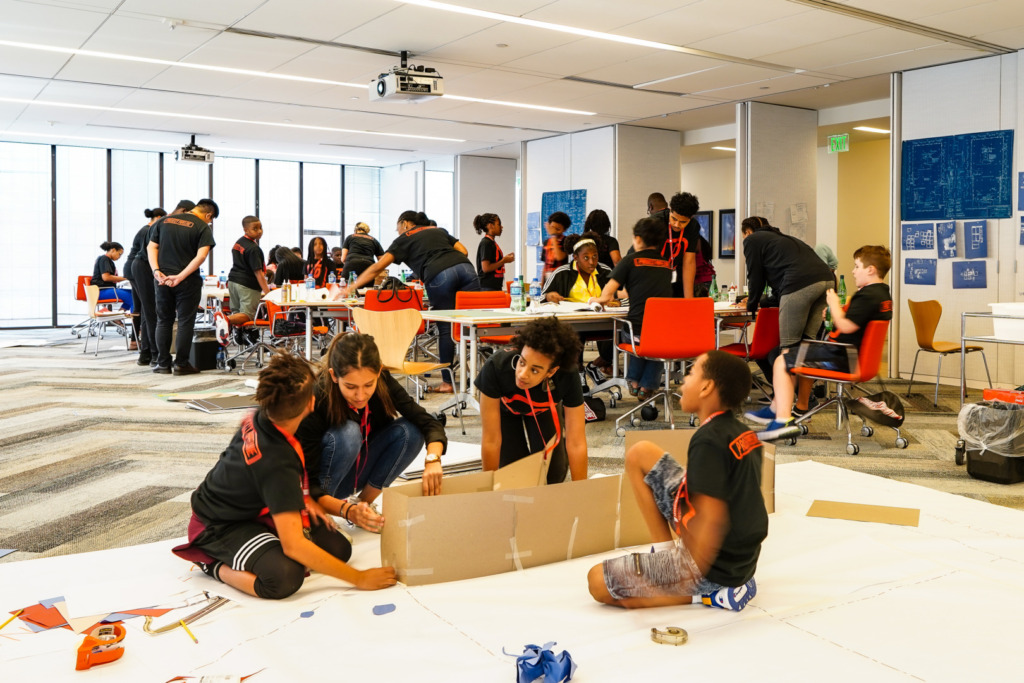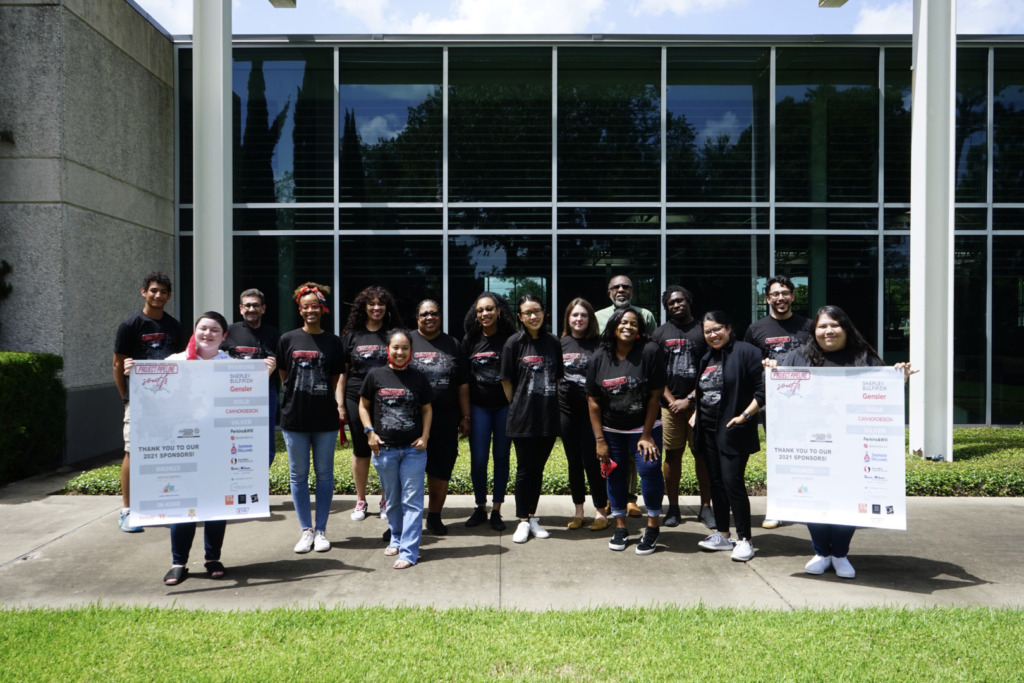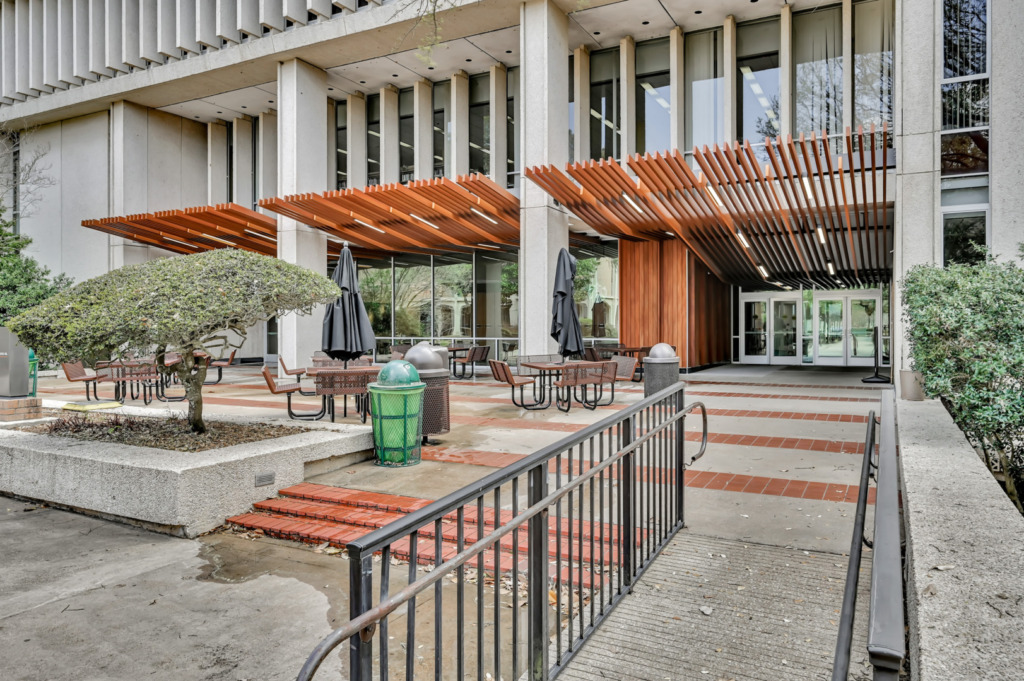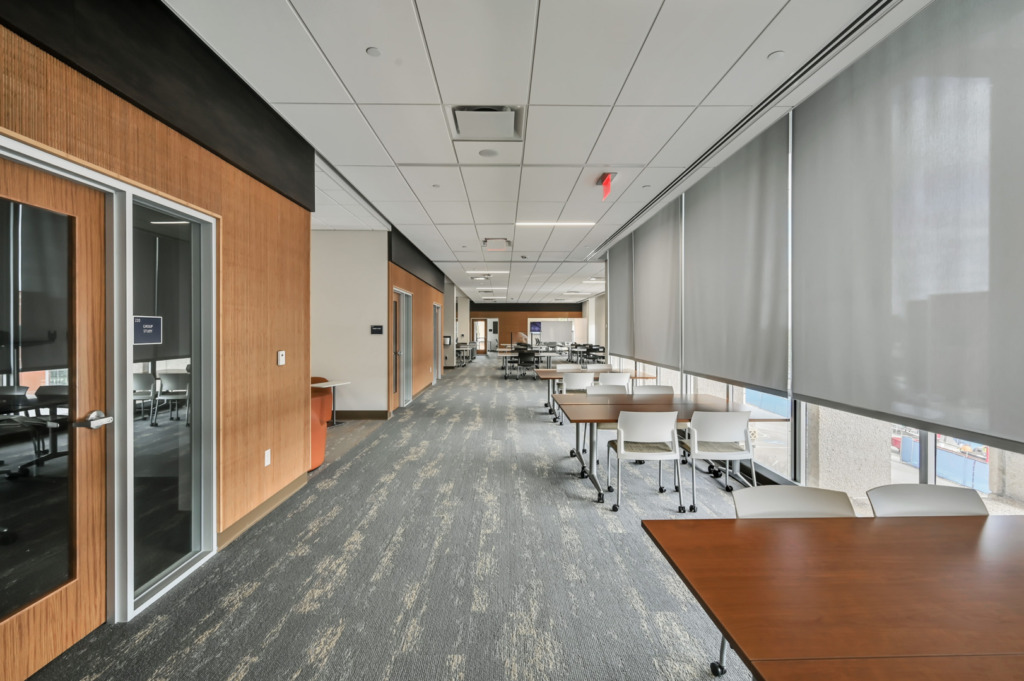Each submission gets timestamped with EST time and gets a unique identifier
assigned, example:
S10056


March 30, 2022
by: Tiara Hughes, NOMA
Born, raised, and educated in three geographic locations, Mona is a Sudanese Architectural Designer based in Houston. She received her Master of Architecture from Rice University, and her Bachelor of Architecture, with a minor in Design Management, from the American University of Sharjah, the United Arab Emirates. Her professional experience extends between Dubai and Houston. She has work and intern for Shepley Bulfinch, Gensler, U+A Architects, and RMJM. While pursuing her master’s, Mona was the managing editor of PLAT 7.0 Sharing, a 2017 recipient of the Graham Foundation Grant, and a 2019 participant in the Oslo Architecture Triennale. More recently, she re-joined Gensler as a Technical Designer.
Mona serves on the board of the Houston Chapter of the National Organization of Minority Architects as a Co-Chair of Communication, Project Pipeline, and the Housing Symposium. She is also a 2022 AIA Houston’s Christopher Kelley Leadership Development Program (CKLDP) scholar.
Mona prides herself on being a third culture kid. She uses her global and multicultural background to adapt, engage, and connect with people. Since her move to Houston, she has been learning about community engagement and advocating for inclusive architecture.
TH: How did you first become interested in architecture?
Mona Elamin: Studying architecture was not something I envisioned. I kind of fell into it. I was first introduced to architecture in high school by a family friend whom I consider an older sister. I had always known I would go into the science field. I had a bit of rebellion, naiveness, and thinking of architecture simply as math and a little bit of imagination, I pursued it as a profession. Besides, I do not think I can be a true millennial without mentioning the Sims. Now that I think about my childhood, I remember an early fascination with spaces and maps.
However, my architecture journey was not as smooth as I expected. As a freshman at the University of Khartoum in Sudan, an admission dean told me not to think highly of myself as I am expected to stay a mediocre student. Still, being an overachiever, I managed to turn that into a win and transfer to the highly ranked American University of Sharjah in the UAE. Sadly, I could not make the cut to the architecture program. I almost gave up, but I made it the following year and met my first architecture professor, Michael Hughes, who knowingly or unknowingly believed in me and helped gain my confidence back. I owe it to him!
“As a freshman at the University of Khartoum in Sudan, an admission dean told me not to think highly of myself as I am expected to stay a mediocre student. Still, being an overachiever, I managed to turn that into a win and transfer to the highly ranked American University of Sharjah in the UAE.”

TH: When did you first learn about NOMA, and how have you been involved over the years?
ME: Because I felt socially and physically alone, I felt the urge and need to look up Black architects in my last year of graduate school at Rice University. After graduating, I came across Houston NOMA on social media. To challenge my introverted self, I decided to attend a networking event hosted by the chapter. I met Justin Taplet, who told me about starting a Project Pipeline program in Houston. I signed up to join the planning committee. Less than a year later, and through my involvement with Project Pipeline, I was invited to join the board by Daimian Hines and got to meet and feel part of the HNOMA family. It is still an honor to serve and advocate for NOMA’s mission three years later.
TH: How has NOMA impacted your professional trajectory?
ME: I cannot say I would be where I am today if not for NOMA. Besides meeting other Black professionals, NOMA exposed me to many opportunities for community engagement and taught me a great deal about Houston’s Black history. Through my connections, I was able to join committees advocating for diversity, such as the DEAI committee at the Houston Center for Contemporary Craft. My involvement with NOMA taught me to be intentional, resilient, and advocate for myself and others. I strive to continue to be unapologetic, confident, and critical. I regret not becoming involved with NOMA sooner, as it plays an instrumental part in establishing connections and relationships with mentors and allies. Being a minority is not a disadvantage; it is an opportunity.
“I regret not becoming involved with NOMA earlier than I did, as it plays an instrumental part in establishing connections and relationships with mentors and allies. Being a minority is not a disadvantage; it is an opportunity.”

TH: Can you share some of your most meaningful architectural work?
ME: At Shepley Bulfinch, I was involved in the Newton Gresham Library Renovation project at Sam Houston State University, Huntsville, TX. This project is dear and near to my heart because it serves a community of first-generation students to attend a four-year college or university earning a bachelor’s degree. Currently, 40 percent of students at SHSU report being first-gen. The project also introduces an academic success center where students develop career competencies, networking skills, and successful job and internship searches. This is the first project I was fully involved with from the early stages of design to post-construction.
I’d also like to share an architectural work, which is not physical but holds a great place in my heart. With an invite from Jack Murphy, editor at Rice Design Alliance, I had the honor of reviewing the new book, John S. Chase – The Chase Residence, the first dedicated publication about the architect by David Heymann and Stephen Fox. As part of learning the history of NOMA’s founders, I challenged my architectural education. My education has always been influenced and focused on American and European architecture, but primarily white male architects. Chase’s career illustrates how an architect can positively shape the world despite structural bias. It, too, serves as a vital reference for younger generations of architects like myself. As an immigrant, a person of color, and an architect in the making, I realize the importance of learning the hidden tales of my profession and honoring those who came before me.
“As an immigrant, a person of color, and an architect in the making, I realize the importance of learning the hidden tales of my profession and honoring those who came before me.”


TH: Do you recommend people become a member of NOMA, and if so, why?
ME: Absolutely! Becoming a NOMA member means you’re most likely to become a mentor and a mentee. With mentorship comes exposure, representation, and ultimately leadership. Eventually, a comfort level is created where you can advocate for yourself and others. This is crucial in decreasing the gap and ever-growing disconnect we face as young professionals.
TH: What advice do you have for our NOMAS membership, as they begin their architectural careers?
ME: To be unapologetic, confident, critical, and intentional. To continue to ask questions, share your experience, and find your mentor. Mentorships help navigate the profession and stay consistent. To be patient. Patience is the one thing I constantly remind myself of daily. Lastly, allow yourself to make mistakes.
“To be unapologetic, confident, critical, and intentional. To continue to ask questions, share your experience, and find your mentor.”


Each submission gets timestamped with EST time and gets a unique identifier
assigned, example:
S10056


Your ID: S12312312






This notification means your entry was sent successfully to the system for review and processing.
If you have any further questions or comments, reach out to us via the main contact form on the site
Have a great day!







New to NOMA?
Create your account
Already have an account?
Sign in

Not A NOMA Member? Click Here!
Create your account
